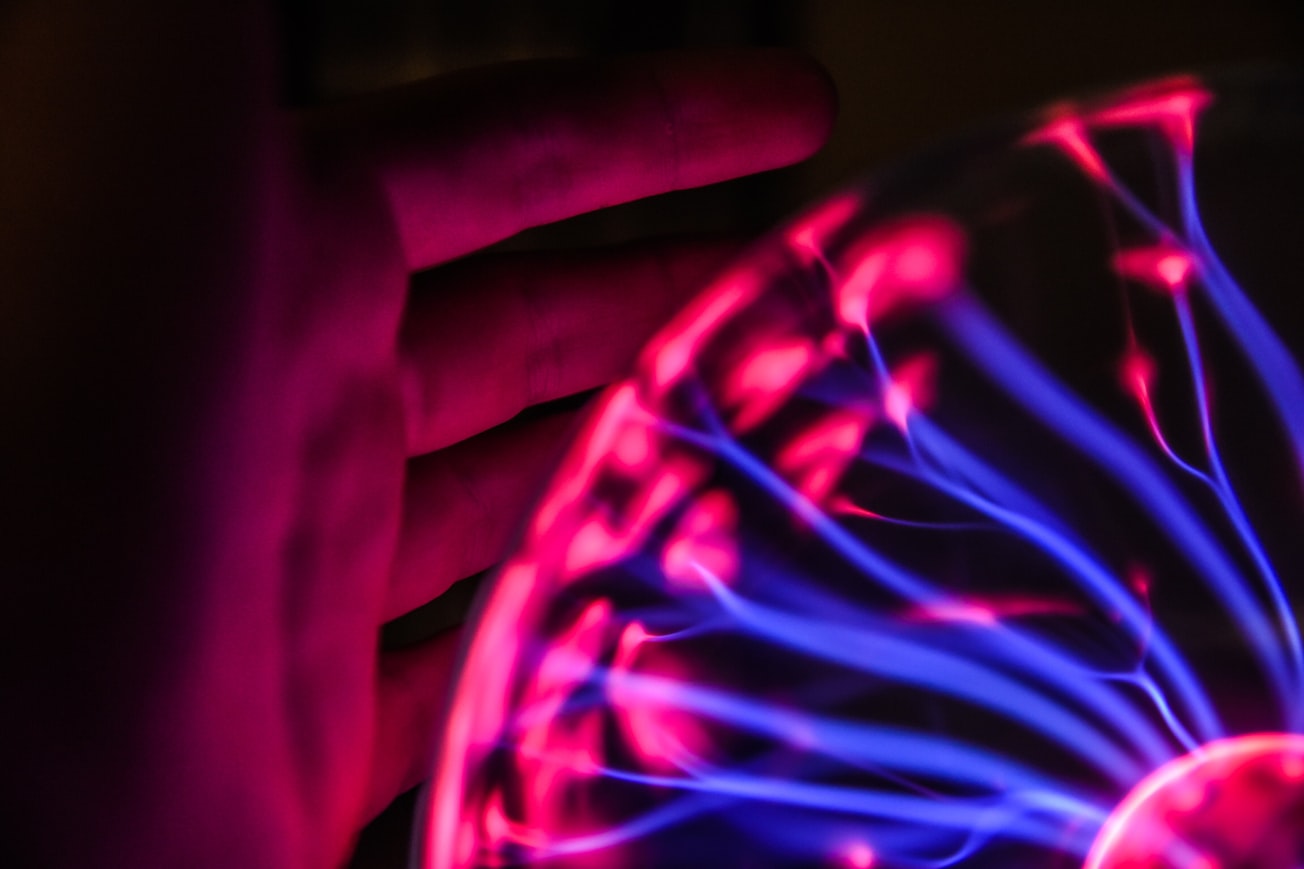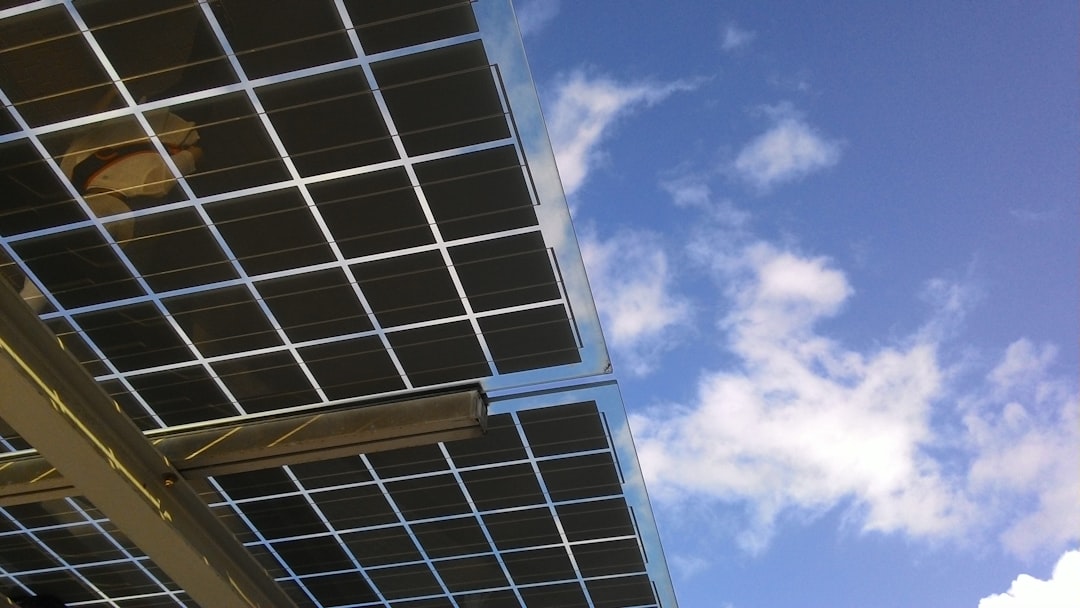What is it about?
In this work, we characterize a newly developed plasma device operated in helium and oxygen at ambient pressure. Ignition of the plasma is performed by applying an alternating electric field at a high frequency. The plasma source is shown to provide stable and reproducible operating conditions over a broad range of parameters and on long time scales, which is crucial for research and applications alike. The analysis of the plasma includes the measurement of atomic oxygen density and gas temperature, which are of special interest for treating e.g. biological substrates with plasma.
Featured Image

Photo by Josh Riemer on Unsplash
Why is it important?
Plasmas operated under low pressure conditions are limited in terms of applications and setups are expensive due to the required vacuum equipment. In contrast, devices for igniting plasmas at atmospheric-pressure are easy to build, which leads to a broad range of devices suggested and analysed up to the current day. The number of different devices and operating conditions makes comparison of research results difficult. We show and characterize an extension of a well-studied reference plasma source and report on what is needed for comparing plasma sources under different operating conditions with each other. It is shown, that our device extends the accessible parameter range of the former source substantially.
Perspectives
This work will support the research on atmospheric-pressure plasmas by providing the basic characterization of a plasma source that can be a reference for future research. Information about energy transport in this kind of plasmas is of special interest for tailoring plasmas to specific applications.
Tristan Winzer
Christian-Albrechts-Universitat zu Kiel
Read the Original
This page is a summary of: RF-driven atmospheric-pressure capillary plasma jet in a He/O2 gas mixture: Multi-diagnostic approach to energy transport, Journal of Applied Physics, November 2022, American Institute of Physics,
DOI: 10.1063/5.0110252.
You can read the full text:
Contributors
The following have contributed to this page










